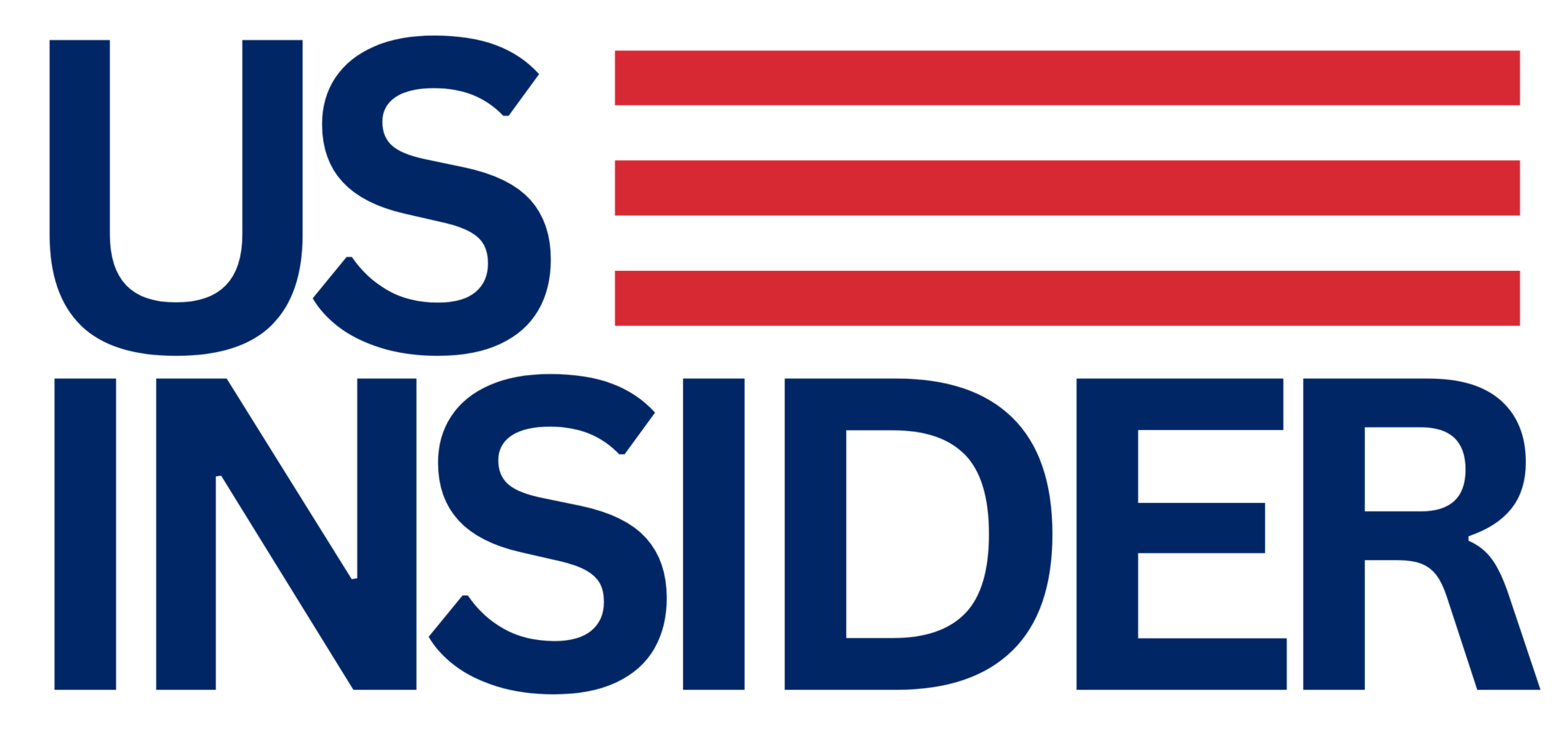By: Maria Williams
Most consider training proper mechanical techniques to be one of the most essential aspects in professional sports, whether baseball, football, golf, etc.. Depending on factors such as your level of sports knowledge or age, you might be more or less familiar with this game aspect. For baseball coach Matt Helke, whose background in playing baseball came in the ‘70s and ‘80s via the old-school training methods, timing and biomechanics were introduced to him later in life. Nevertheless, after thoroughly researching and understanding the intricacies, Matt embarked on a career-long journey of incorporating his knowledge to coach and train others and help them raise their batting performances to peak levels.
Helke, founder of the Baseball Observer Digital Magazine, Directory & Training recently opened up in an interview about his background playing ball in the ’70s -‘80s and how he had become frustrated with the declining offensive stats by professional players over the past several years. Matt says he began researching the effects of timing and biomechanics, which ultimately led him to realize that while the present day traditional training methods and drills seem to be more efficient than in years past, they are not more effective. They are outdated and ineffective. In fact, the stats indicated they were hurting batters. But due to a shift in professional baseball showing more focus on homeruns, this was trickling down to kids of all ages learning how to hit. This was the beginning of Matt’s pursuit to educate others based on facts rather than myths — to help them address critical aspects of their batting through understanding individual motion and timing.
Around 2014-15, new launch angle training methods emerged, and Matt noticed a stark trend: a decline in runs scored and batting averages alongside a rise in home runs and strikeouts. This ultimately made him question why, given that only around 6% of MLB hitters achieve a .300 batting average or higher. 6% is considered to be successful; even phenomenal nowadays. He was able to deduce that traditional swing training methods tend to “cookie-cut players” and do not train players how to actually hit a moving ball. They do not address timing differences, a player’s unique physical make up and how those two faucets of hitting are what dictate a player’s swing mechanics.

“I see what’s being done [and] understand what’s being taught. I look at the research. I then look at what is successful in a real life game situation. I then take the research data and compare that to how that supports what’s really happening.” Matt continued, “So again, my overview is let’s first figure out how you move in space and how do you get in time with what you see. Let me analyze how your body works in space when confronted with the task of trying to hit an ever changing, moving ball. What I want to do is get their body in the right sequence for their body, their kinetic chain, in relation to a moving ball. The majority of training out there is backwards. They see a “hitting flaw” and go straight to working on a player’s swing mechanics. But the majority of the time, they are only working on the symptom, not the cause. Working almost exclusively on swing mechanics is like trying to straighten the Leaning Tower of Pisa by first working on the fourth floor. The fourth floor will look good for a while, but it won’t last because the root problem still hasn’t been addressed. I’m not saying that swing mechanics aren’t important. They do play an important role, but not to the extent most believe.”
Years of experience and professionalism have culminated in Matt’s profound endeavors, which he has undertaken as a hitting coach. Regarding his services, Matt said, “As a hitting coach, my job is to make you as successful as you can be and less dependent on a coach. To accomplish that, I’m going to teach you how to hit a moving ball, not how to swing a bat. I’m going to teach you how to have confidence at the plate and empower you. Quite frankly, I’m going to teach you how to slow the game down and correct yourself in real time allowing you to perform at your peak performance.” In this way, Matt has genuinely separated himself from the many hitting coaches, most of whom fail to analyze timing first. Instead, Matt strives to challenge assumptions and continue learning, ensuring he teaches only the right things through research and collaboration.
With a simple philosophy of addressing a few timing aspects before working on swing mechanics, Matt uses his over 30 years of successful, practical on-the-field experience coupled with research-backed facts which focuses on the individual player. As a passionate coach, he tailors each player’s motions to help them embrace their biomechanics and leave archaic training methods behind. At this time, visitors to Matt’s website can access free initial training and resources, and all interested parties can schedule remote or in-person sessions. It’s time to stop looking to outdated training methods to improve your game and start implementing the practical and proven steps to revolutionize your batting results. “You’re not a clone so why train that way?”
Published by: Nelly Chavez






